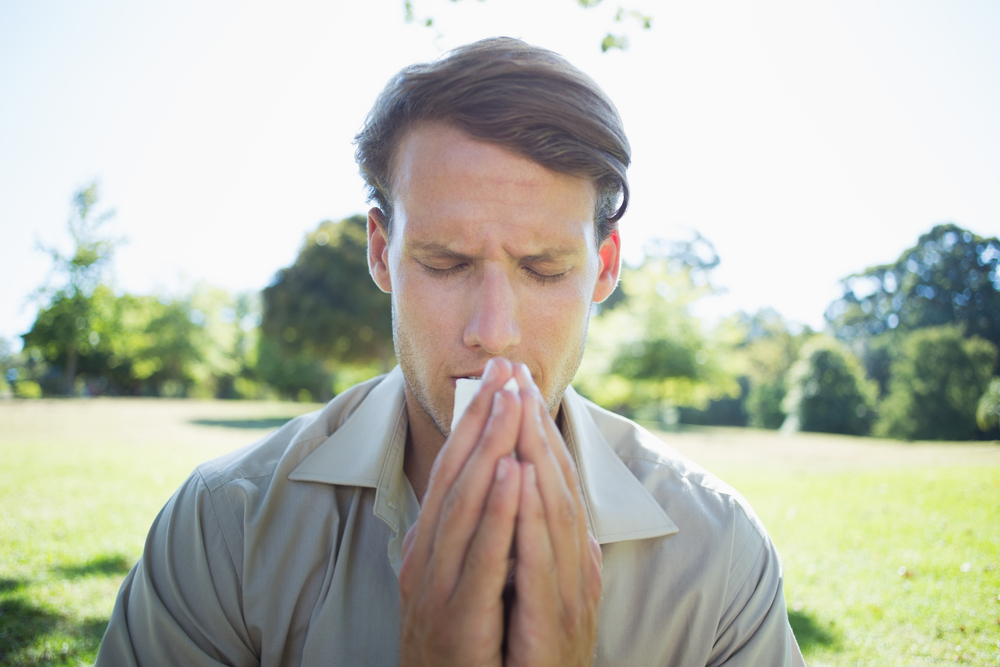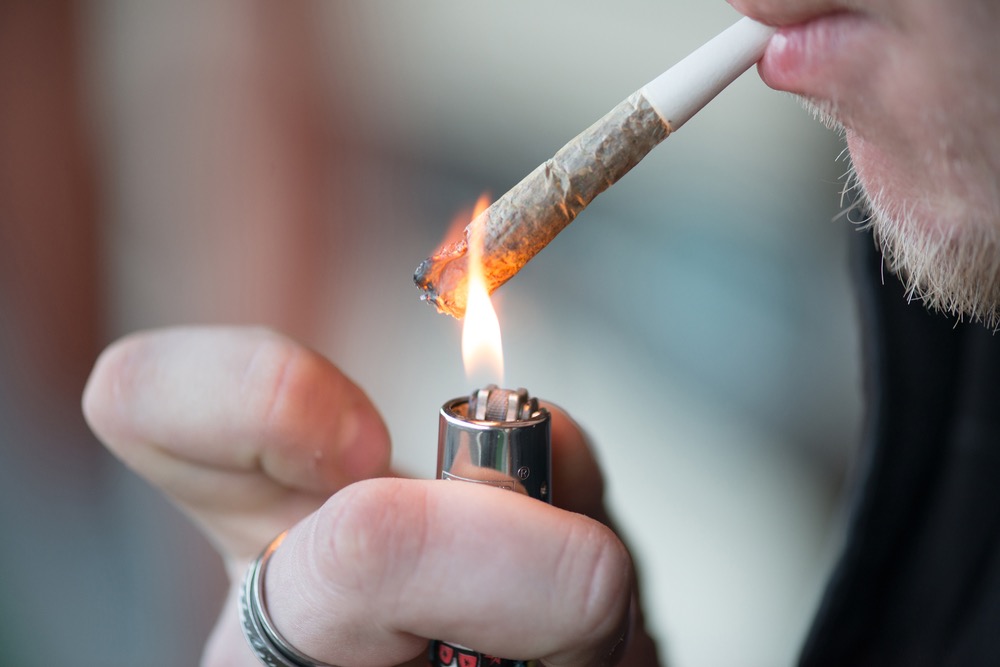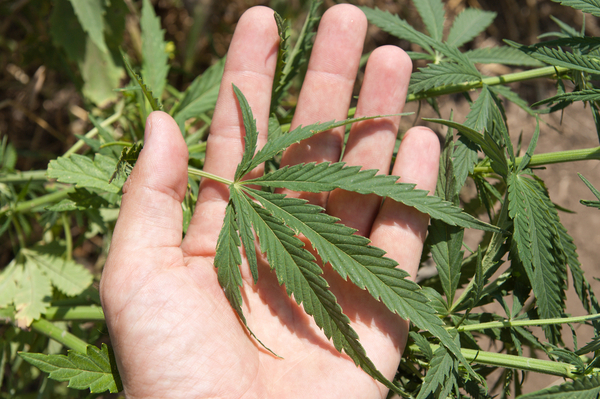25 Odd Facts About Marijuana
Pot versus owls?

Outdoor grow operations have their downsides, too — particularly illegal plots of pot plants. Endangered spotted owls in California's Mendocino County are threatened by the rat poison put out by people who grow pot illegally on isolated stretches of public land. In 2012, two spotted owls found dead in Mendocino County tested positive for rat poison, as did the bodies of 85 percent of dead mammals called fishers.
The people who harvest illegal pot can find themselves with health problems, too. In June 2013, hospital workers in Albania reported a cluster of marijuana-related illnesses, with more than 700 patients treated at one village. Workers near the village of Lazarat who had prolonged skin contact with cannabis plants during harvesting and packing developed symptoms such as vomiting, stomach pain and irregular heartbeats, according to Reuters. Half of Albania's marijuana is grown illegally in the region.
Pot is getting stronger

Marijuana's high is getting increasingly higher. In 2016, researchers measured the levels of marijuana's active ingredient, THC, in more than 38,600 samples of street marijuana seized by the Drug Enforcement Agency over 20 years. They found that the levels of THC rose from about 4 percent in 1995 to about 12 percent in 2014.
Meanwhile, levels of the non-psychoactive compound cannabidiol fell from 0.28 percent in 2001 to 0.15 percent in 2014, the researchers reported in the journal Biological Psychiatry. As a result, THC levels were 14 times the level of cannabidiol in 1995; in 2014, that ratio had grown to 80.
THC intensifies the effects of marijuana, the researchers said, so higher THC versions of the drug may raise the risk of nasty side effects, like panic or anxiety. More THC also means pricier pot, which is one reason growers have been cultivating higher octane strains.
Controversy over cardiac deaths

It's not possible to overdose on marijuana like you can on heroin or cocaine. But in 2014, German researchers caused a controversy when they linked the sudden deaths of two men to cardiovascular complications from pot smoking. The cases were unusual. In one, a seemingly healthy 23-year-old man collapsed and died on public transportation with marijuana in his pocket. In the other case, a 28-year-old man was found dead with rolling papers and a plastic baggy of marijuana at his side. Both men were found to have THC, the psychoactive ingredient in marijuana, in their tissues at a postmortem.
"After exclusion of other causes of death, we assume that the young men died from cardiovascular complications evoked by smoking cannabis," the researchers wrote.
Get the world’s most fascinating discoveries delivered straight to your inbox.
Responding to the findings, outside researchers said at the time that the conclusions were reasonable, given research on the cardiovascular effects of marijuana. However, the case reports caused intense public controversy and prompted "some quite unpleasant reactions from individuals," the study researchers told Live Science.
You can be allergic to pot

Aaa-chooo! Like many other plants, marijuana can trigger allergic reactions in people, according to a 2015 review in the journal Annals of Allergy, Asthma & Immunology. Both the plant's pollen and its smoke can cause allergies in some people, the researchers said. Marijuana allergies are relatively rare, they wrote, but they're on the rise and have probably been underreported or unnoticed because the drug has long been illegal.
Most of the reported symptoms of pot allergies are similar to those of run-of-the-mill hay fever: itchy eyes, coughing, sneezing, occasional hives. However, there have been a few reported cases of people having anaphylactic reactions to hemp or marijuana. Anaphylaxis is a life-threatening response to an allergen that can cause the airways to swell shut.
Is pot addictive? Ask your genes

For a subset of pot users, marijuana becomes a substance of dependence. This means that they experience symptoms of withdrawal, such as irritability and restlessness, when they attempt to stop using the drug. There is academic debate over how many people should be considered dependent on marijuana, but national epidemiological studies put the rate at about 9 percent of users, according to the National Institute on Drug Abuse.
Marijuana dependence may have genetic underpinnings. A 2016 study uncovered three genetic variants associated with dependence. One variant is involved in regulating calcium in the blood and has been linked with opioid dependence; another is involved with the growth of the central nervous system, the researchers reported in the journal JAMA Psychiatry. The genetic variations were simply associated with dependence, and the study couldn't prove that having one of these variants caused dependence. Nevertheless, the researchers found that the genetic variations they'd discovered also tend to occur in people with depression, which could explain why dependence and depression often go hand-in-hand.
Pot and Viagra don't mix

Marijuana compounds can inhibit certain liver enzymes called cytochrome P450 enzymes. What does that mean? Well, for one thing, that Viagra won't break down as readily in the blood of someone who's been toking up.
Viagra (sildenafil) is broken down by cytochrome P450 enzymes, and as a 2001 study put it, "[t]here is the possibility that elevated plasma concentrations of sildenafil could occur with coadministration of known inhibitors of" these enzymes. This could cause adverse side effects. One 2002 case report in the journal Clinical Cardiology outlined the case of a 41-year-old man who experienced a heart attack after mixing marijuana and Viagra the night before. Though the doctors couldn't prove that a drug interaction caused the heart attack, they warned other physicians to consider the enzyme-inhibiting side effects of pot when they prescribe Viagra.
Back to the Future

In many ways, the move toward legalization of marijuana, particularly medical marijuana, is a return to the status quo … the very long-ago status quo. In America, before the 1906 Pure Food and Drug Act, cannabis was a common ingredient in medicinal tinctures, and sellers didn't even have to mention it on their labels.
During the 1920s and 1930s, though, Mexican immigration to the United States spiked as a result of the Mexican Revolution, according to PBS Frontline. People moving from Mexico brought along the custom of using marijuana recreationally, and the drug became linked with public fears of the newcomers. According to U.S. Customs and Border Protection, the federal government waffled on making marijuana illegal even as states enacted their own laws — a strange mirror image of the legalization process going on today. Nevertheless, Federal Bureau of Narcotics Commissioner Harry Anslinger campaigned to quash recreational marijuana, an effort that led to the Marihuana Tax Act of 1937. This law allowed for the importation of marijuana, but heavily taxed it, making it too expensive for recreational use.
Bad trip

It's well-known that pot can sometimes cause paranoia. But in 2011, doctors reported another possible negative side effect of marijuana: cannabinoid hyperemesis syndrome. Here's a hint as to what that might be — "emesis" is the Latin for "vomiting."
Yes, marijuana use can sometimes lead to episodes of uncontrollable vomiting. The cycle usually has three phases, researchers wrote in the journal Current Drug Abuse Reviews. First, patients (usually chronic marijuana users) develop morning nausea and general abdominal discomfort. But they often increase their marijuana use, hoping for the drug's anti-nausea effects to kick in. Then comes the hyperemesis part. Patients vomit repeatedly, up to five times an hour, for one or two days. The only help is hot showers. It can take days, weeks or even months before the patients recover and get back to normal. Stopping cannabis use can prevent relapse.
But cannabinoid hyperemesis remains otherwise largely mysterious. There's no data on how many people experience it, or why it seems to be a small proportion of pot users, the researchers wrote. There's also no explanation of why marijuana, known for its anti-emetic properties, should have the opposite effect in some people. THC, the psychoactive ingredient in marijuana, has an anti-nausea effect on the central nervous system, the researchers wrote. However, some cannabinoid compounds slow the gut, preventing it from emptying as quickly in the usual way. For some people, this slowdown might override the anti-emetic effect of THC and cause vomiting, the researchers speculated.
Marijuana methods

In November 2016, California, Massachusetts and Nevada joined Colorado, Alaska, Oregon and Washington in legalizing recreational pot. (Maine's legalization initiative narrowly passed, and opponents were attempting a recount in the week after the election.) An October 2016 study in the journal Drug Records suggests that legalization might not just influence the availability of pot, but how it's consumed.
The researchers looked at about 2,800 people who had used marijuana at least once. The participants were not nationally representative. Still, the study authors found that people in states where marijuana is legal were more likely to have used cannabis by vaping it or by ingesting edibles than people in states where marijuana isn't legal. A higher density of pot shops and a greater amount of time since legalization were also linked to higher rates of vaping and edible consumption.
Drug bust record

The Guinness Book of World Records apparently does not keep any records for the amounts of marijuana grown, smoked or otherwise consumed. But the drug does show up in the record books. The "bulkiest drug seizure" of marijuana ever was 2,903 metric tons, or 6.4 million pounds, that came from a Colombian drug operation. That was one-fifth of the entire illegal import of marijuana into the United States per year at the time, according to a 1982 New York Times article.
This seizure, code-named "Operation Tiburon," also led to the arrests of 495 people and the seizure of 95 boats thought to be used in drug smuggling.

Stephanie Pappas is a contributing writer for Live Science, covering topics ranging from geoscience to archaeology to the human brain and behavior. She was previously a senior writer for Live Science but is now a freelancer based in Denver, Colorado, and regularly contributes to Scientific American and The Monitor, the monthly magazine of the American Psychological Association. Stephanie received a bachelor's degree in psychology from the University of South Carolina and a graduate certificate in science communication from the University of California, Santa Cruz.


